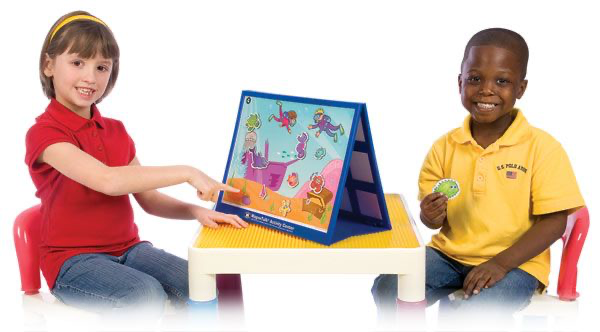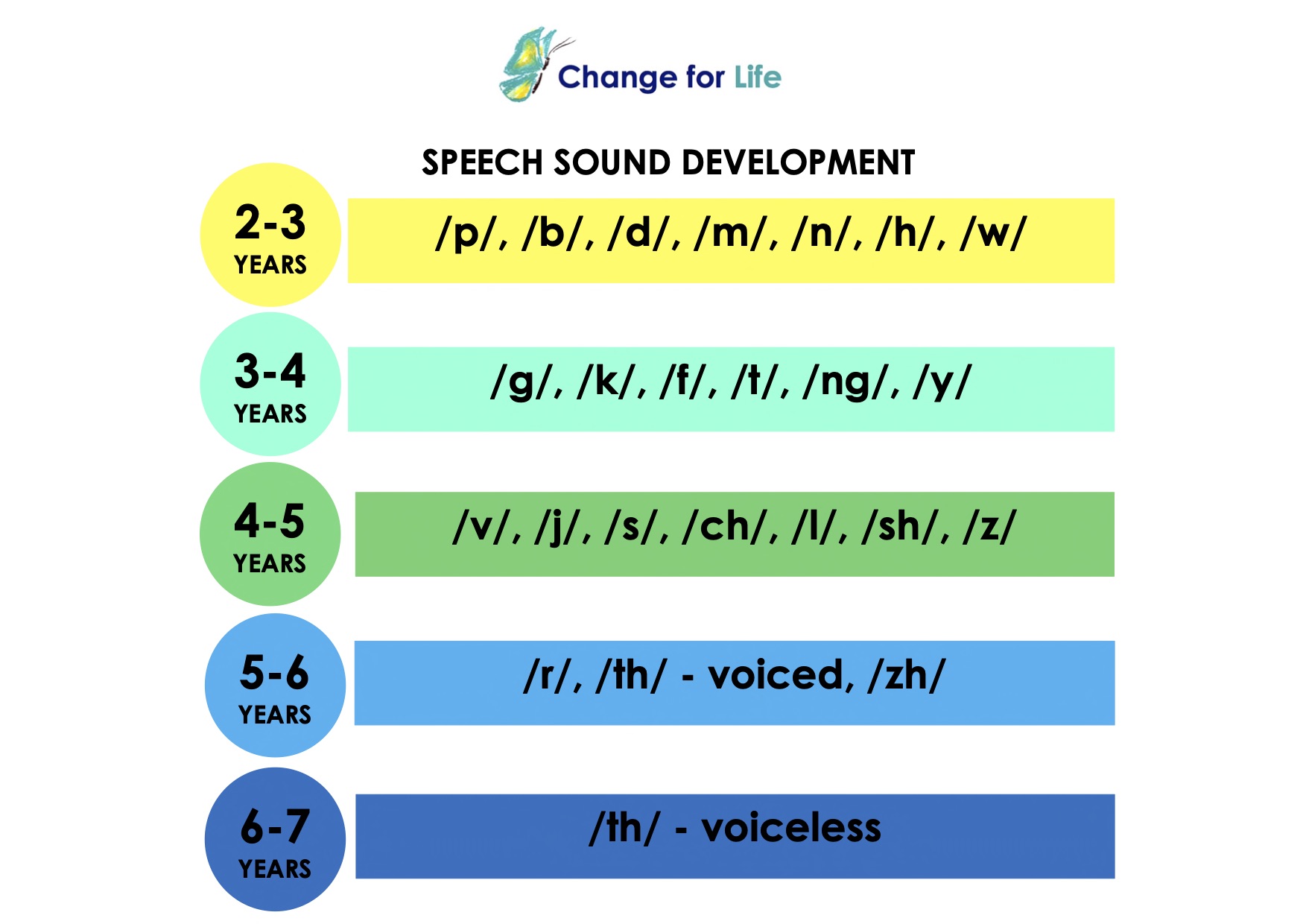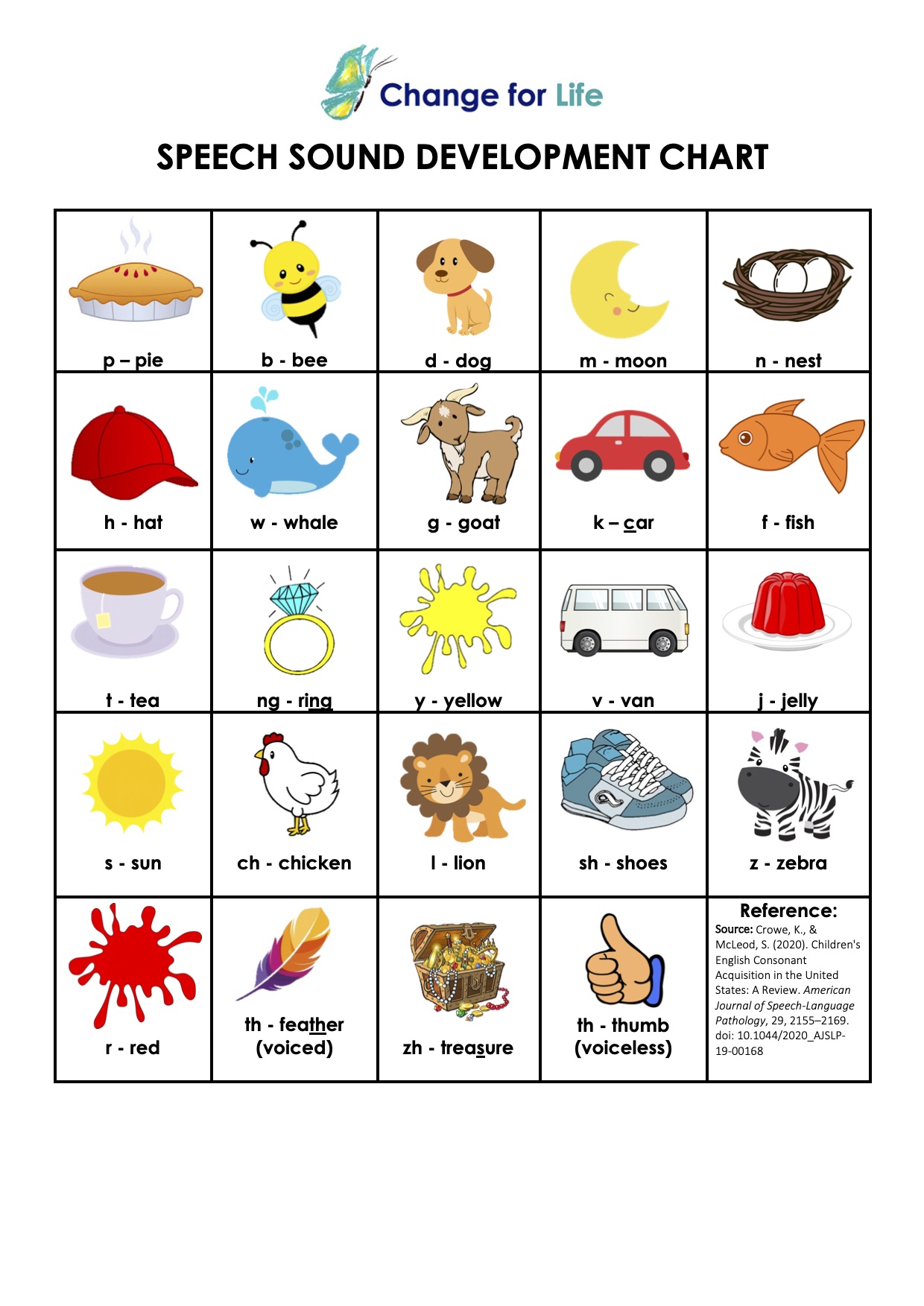BY: admin
Uncategorized
Comments: No Comments
The Power of Yet
The power of “Yet”
Melanie Chan – Pyschologist
 This simple three-letter word can change the way we view our current abilities. Try adding it to the end of a sentence like “I can’t draw” or “I can’t solve this math problem”. It becomes “I can’t draw YET” and “I can’t solve this math problem YET”.
This simple three-letter word can change the way we view our current abilities. Try adding it to the end of a sentence like “I can’t draw” or “I can’t solve this math problem”. It becomes “I can’t draw YET” and “I can’t solve this math problem YET”.
Understanding that our abilities and skill can be grown helps us to see ourselves in a better light and to promote positive self-esteem. This also helps our children work on their flexible thinking as they consider the possibility of an alternative.
BY: admin
Uncategorized
Comments: No Comments
Barrier Games
Barrier Games
By Michael Audas – Speech Pathology
 What is a barrier game?
What is a barrier game?
Barrier games are all about helping children to understand that other people do not necessarily or automatically have access to their internal mental states. There are a wide variety of barrier games commonly utilised in therapy, but the basic premise is that two players will sit across from one another, with a barrier intervening between them, and attempt to work towards some kind of common goal—think Battleship, but with a cooperative, rather than competitive, goal.
The fact that the two players cannot see another means that they have rely on communication in order to reach their common goal. If they are trying to draw the same picture, for instance, they will need to describe exactly what lines, colours, and shapes they are utilising, and where they are marking them on the page, in order to wind up with reasonable amount of parity. Players soon learn that they cannot simply state that they’re going to draw a rabbit and assume that it’s going to look the same as the other player’s rabbit, or that it even necessarily be located in the same place on the page.
Barrier games, by their very nature, require a greater-than-usual degree of precise, and specific language. This makes them an excellent tool for developing a child’s language, and to build their capacity to communicate in a clear and concise way.
Benefits of barrier games
Barrier games are suited to the development of the following skills:
- Listening to, and giving, directions
- Requesting clarification of information that one has not understood
- Comprehensiona and expression of a range of concepts
- Narrative formulation and expression
- Expressing and comprehending vocabulary
- Using describing words: e.g., adjectives, adverbs, and prepositions.
Try it at home
- Provide each child with a piece of paper, as well as textas, pencils, or crayons.
- Have one child draw a picture and then describe it to his or her peer.
- The other child listens to the description and then tries to draw the same picture on their page.
- The children compare the pictures at the end and describe any differences they notice.
- You can also try asking them about how a particular difference came about: e.g., did the instruction pertaining to that detail not include a location word.
- Have the children switch roles.
- You can simplify this task—particularly for younger children—by giving them colouring pages instead. This way, the children only have to attend to the different colours that they are using.
BY: admin
Uncategorized
Comments: No Comments
Social Communication Development Handout
Social Communication Development Handout
By Aamina Shakoor – Speech Pathologist.
For kids ages 1-6 years old.


BY: admin
Uncategorized
Comments: No Comments
Self Care
Self Care
Stephanie Cordingley – Provisional Psychologist
When times are stressful, you may be feeling overwhelmed or burnt out which makes it hard to look after yourself physically and mentally. Using self-care strategies can help to calm the mind and body, so you can be physically and mentally healthier. By taking care of yourself often, you are better able to cope with stress or other feelings that you may experience. See below for ideas for practicing self-care!

BY: admin
Uncategorized
Comments: No Comments
Speech Sound Disorders
Speech Sound Disorders
Aamina Shakoor, Speech Pathologist, Change for Life
Speech Sound Disorders (SSD) is a term used to refer to a range of difficulties involving the perception, motor production and phonological representation of the various speech sounds and segments.
The following charts and tables represent the typical speech sounds that children should have acquired from the age of 2-7 years old. Additionally, the Speech Sound Development Chart shows an example of the sounds with pictures and words represented for each of the sounds.
The data reported in the chart is based on a comprehensive review by Crowe and McLeod (2020). The study analysed 18,907 children across 15 different studies. The chart is in order by hierarchy by the mean age of when a speech sound should be acquired. Each bar range represents the average age of acquisition range for each speech sound. The data uses the 90% criterion, meaning that 90% of all children produced the speech sounds correctly by the ages reported.



BY: admin
Uncategorized
Comments: No Comments
PHONOLOGICAL PATTERNS
What are Phonological Patterns?
By Aamina (Speech Pathologist)
Phonological errors are different to sound errors, they are patterns that are simplified productions. These patterns are usually found in children who are learning how to talk, and they tend to simply the more complex words in a predictable manner. The following processes are typical errors which means that many children use them as part of their normal development however grow out of them overtime.
Atypical phonological processes are not seen in typically developing language learners. This may be a sign that a child has a phonological processing disorder. Some examples include initial consonant deletion, medial consonant deletion, glottal replacement, backing and stopping of glides.
Typical Phonological Patterns:
VELAR ASSIMILATION: A non-velar sound is changed to a velar sound because of the influence of another velar sound in a word, tack becomes “kack”
PRE-VOCALIC VOICING: A voiceless initial consonant is substituted with a voiced consonant, pig becomes” big”
FINAL CONSONANT DEVOICING A final voiced consonant is substituted with a voiceless consonant, pig becomes “pick
FINAL CONSONANT DELETION: The omission of the final consonant in a word, cat becomes “ka”
STOPPING OF FRICATIVES: A fricative is substituted with a stop sound, “four becomes “bore”; sun becomes “tun”
WEAK SYLLABLE DELETION: The deletion of an unstressed or weak syllable, elephant becomes “efant”
VELAR AND PALATAL FRONTING: An alveolar sound is substituted with a velar sound, can becomes “tan”
CLUSTER REDUCTION: The replacement of a 2-elemetn cluster is simplified into a single consonant, stop becomes “top”.
DEAFFRICATION: An affricate is substituted with a fricative, chip becomes “ship”; job becomes “zhob”
STOPPING OF AFFRICATES: An affricate is substituted with a stop sound, chop becomes “top”; jump becomes “dump”
GLIDING: A liquid (/r,l/) is substituted with a glide (/w,y), run becomes “wun”, leg becomes “weg”
FRICATIVE SIMPLIFICATION: A labiodental or alveolar fricative is substituted with an interdental fricative with no change in voicing, thumb becomes “fum”
BY: admin
Uncategorized
Comments: No Comments
What is a Speech Sound Disorder?
What is a Speech Sound Disorder?
Aamina Shakoor, Speech Pathologist, Change for Life.
Speech Sound Disorders (SSD) is a term used to refer to a range of difficulties involving the perception, motor production and phonological representation of the various speech sounds and segments.
SSD’s are split into either functional or organic in nature. Functional speech sound disorders are idiopathic; having no known cause as opposed to organic speech sound disorders as they result from underlying motor/neurological, structural or sensory/perceptual cause.
When Speech Pathologist’s plan to work on a speech delay, they plan according to the child’s speech. There are many different approaches that can be chosen to work on. There is no single therapy approach that works for all children and it may be required to change approaches at time. It is the Speech Pathologist’s role to ensure they consider the research and evidence and aim to provide the correct intervention to the child and their needs.
Organic Speech Sound Disorders
Organic speech sound disorders encompass:
- Neurological or Motor issues; Childhood Apraxia of Speech and Dysarthria
- Structural issues; Cleft Lip/Palate and other structural deficits
- Sensory/Perceptual disorders; Hearing Impairments
Functional Speech Sound Disorders:
Functional speech sound disorders include:
- Articulation Disorders (e.g., substitution or distortions of sounds)
- Phonological Disorders, which are more predictable, rule-based errors (e.g., fronting, backing, stopping etc.)
It is often difficult to be able to differentiate between a Phonological Disorder and an Articulation Disorder therefore many researchers and clinicians prefer to use the broader term of “Speech Sound Disorder”
References:
Bowen, C. (2021). Children’s Speech Sound Disorders by Caroline Bowen. Retrieved 9 June 2021, from https://speech-language-therapy.com/index.php?option=com_content&view=article&id=16:ssd&catid=11:admin&Itemid=101
Speech Sound Disorders: Articulation and Phonology. (2021). Retrieved 9 June 2021, from https://www.asha.org/practice-portal/clinical-topics/articulation-and-phonology/
BY: admin
Uncategorized
Comments: No Comments
Mindset
Mindset
By Melanie Chan – Psychologist
Mum and Dad, here is one for you.
A psychologist, Carol Dweck, first coined the term “growth mindset”. Years on, this concept has grown to be used in many different environments, especially in schools. The main idea is whether we have a fixed mindset or a growth mindset about ourselves.
For example, someone with a fixed mindset might say “I did not get good grades because I’m not smart.” In saying that, there is a fixed capacity to one’s capabilities.
However, someone with a growth mindset might say “I did not get good grades during this test, I wonder where I’m lacking and where can I improve?” In saying that, the person believes that there is potential to grow in their knowledge.
In her book, “Mindset”, Dr Dweck shares what it looks like to have a growth mindset when it comes to parenting and education, alongside other aspects of life. This might be a good resource to help us consider the language and the way we speak to our children and how that impacts their self-esteem and self-worth.
BY: admin
Uncategorized
Comments: No Comments
Why is Speech Pathology Involved in the Diagnosis of Autism
Why is Speech Pathology Involved in the Diagnosis of Autism?
BY: admin
Uncategorized
Comments: No Comments
Building Language skills through Role-Play
Building Language skills through Role-Play.
Aamina Shakoor, Speech Pathologist.
There are many ways to utilise role play to aid in language development and skills. Role play can include using story books to incorporate more language skills. The skills that can be used during role play include the following:
Requesting:
Assigning roles to the child and the other communication partner can allow the child to request information, actions or objects. For example, using the book The Three Little Pigs, the child can play the role of the wolf which would require the child to ask the little pig to “please let me in”. Additionally, manipulating the environment by creating props but purposely leaving items out so the child is able to request for them. For example, creating the little pigs houses out of cardboard and only including one, leading the child to request the other two houses.
Comparing:
Visual comparisons can be included with in role play and comparing items that are the same or different, this can include the size, colour, type, age etc. Depending on the story chosen, a more detailed comparison could also be utilised including emotional characteristics such as happy, sad, good, bad etc.
Vocabulary Building:
An extension activity could be used by disassociating the child from the character, for example if the child was one of the ‘bears’ from Goldilocks and the Three Bears, you could talk about bears, including their habitat, characteristics, compare and contrast etc.
Turn-Taking:
Turn-taking can be worked on by allowing the child to understand that to play out the roles each person needs to take turns to talk and act. Reinforce with the text from the book, if necessary. Carry over this important pragmatic skill into daily life.
Phonemic Awareness – Rhyming:
Discussing and pointing out words that rhyme, begin and/pr end with the same letter, or have the same vowel sound. This can increase phonemic awareness by purposely mispronouncing words, allowing the child to correct you. Let the child think of additional rhyming words. Accept all nonsense words, if they rhyme (i.e., big, pig, rig, wig, tig, etc.)
Social Interaction:
If there’s more than one child participating in the activity, observe the children’s social interactions. Encourage spontaneous speech, requesting, and model appropriate behaviour, if necessary.




